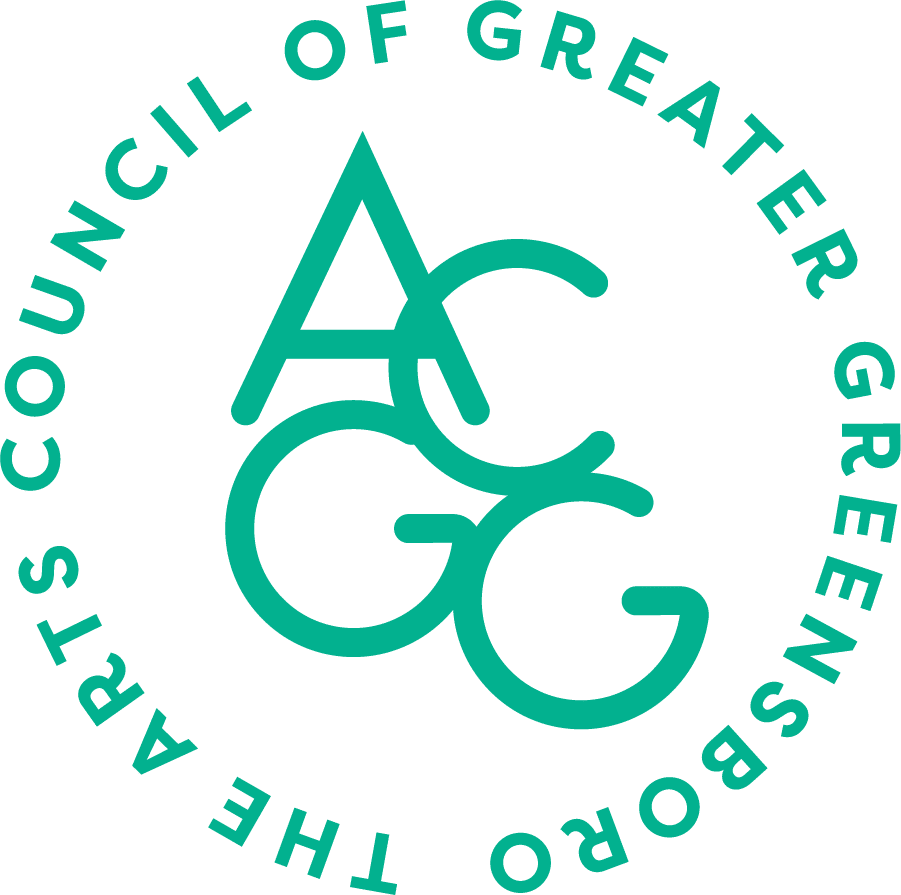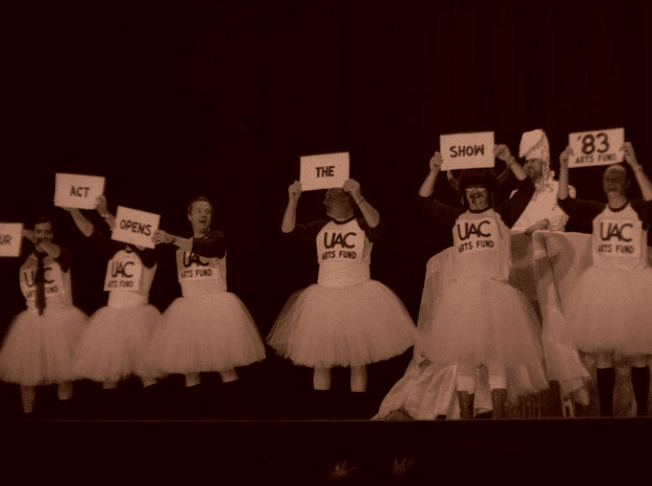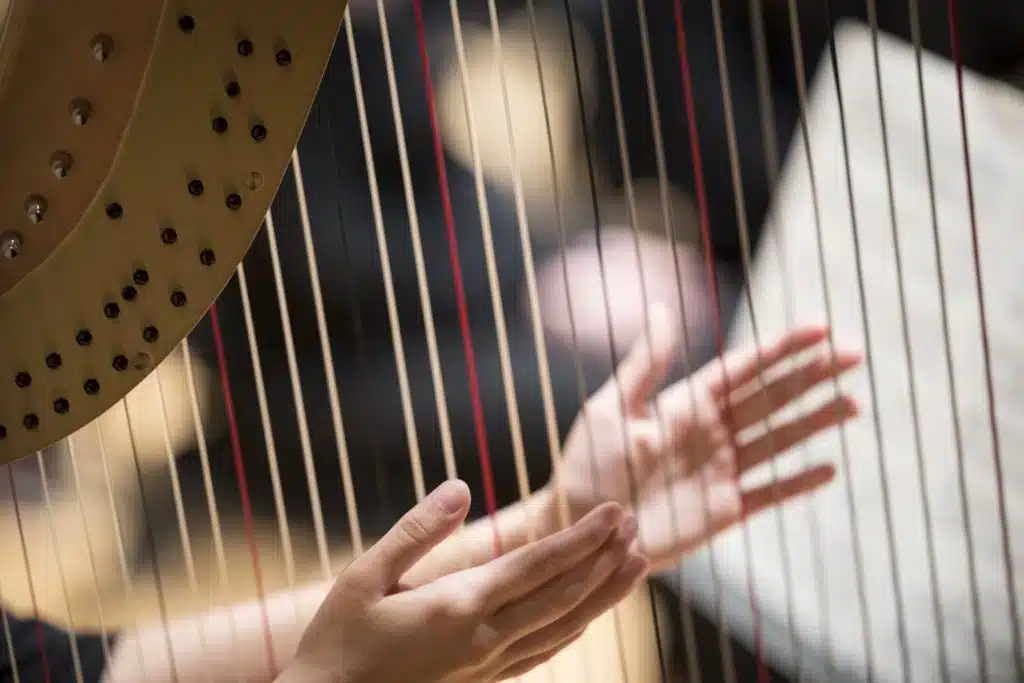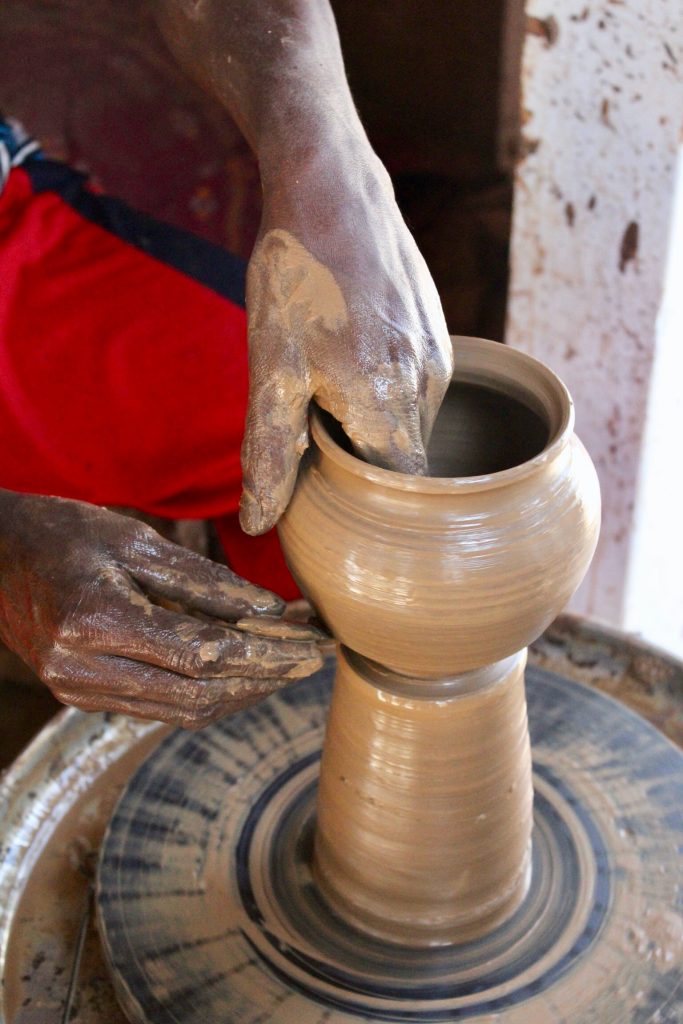1958 - The Sixties
- The first significant movement toward establishing an arts council in Greensboro occurred in the late 1950s when the Chamber of Commerce created a committee on the arts. The scope of this committee grew until it became necessary to establish an independent entity.
- Greensboro Community Arts Council, Inc. incorporated, housed in an office at the Chamber of Commerce.
- Renamed the United Arts Council, instituted a United Arts Fund Drive and supported seven organizations: Arts and Crafts Association, Eastern Music Festival, Greensboro Symphony Society, Greensboro Civic Ballet, Little Theatre of Greensboro, Lyric Theatre, and the Arts Council.

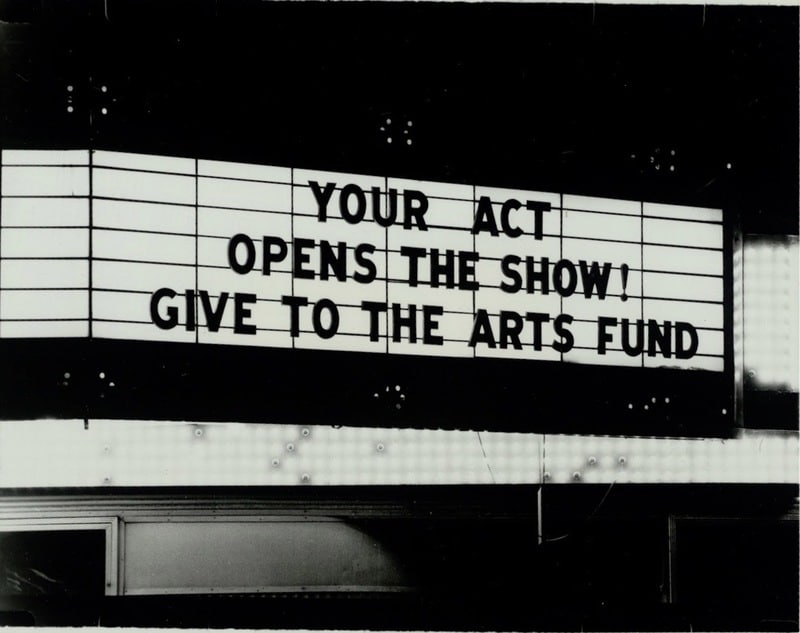
The Seventies
- Received Sternberger House at 712 Summit Avenue as a gift from The Sigmund Sternberger Foundation. The center was renovated to house seven arts organizations, the newly formed Green Hill Art Gallery, and included classroom studios for the Arts and Crafts Association.
- Proposed the establishment of a major arts center in downtown Greensboro. In 1977, the Greensboro City Council approved budget funds to renovate the old Greensboro News Company building at 200 North Davie St. for use as a visual art center.
- Raised $550,000 and purchased Carolina Theatre and began renovation to re-purpose the movie theatre into a performing arts center to serve community needs.
The Eighties
- Formally took over the Carolina Theatre.
- Produced the first CITYSTAGE in downtown Greensboro with the cooperation of the City of Greensboro and the efforts of over 600 volunteers.
- Launched the “Festival of Lights,” as an arts festival designed to celebrate the holiday season.
- Premiered the Black American Arts Festival to recognize the outstanding contributions of African American artists to American culture.
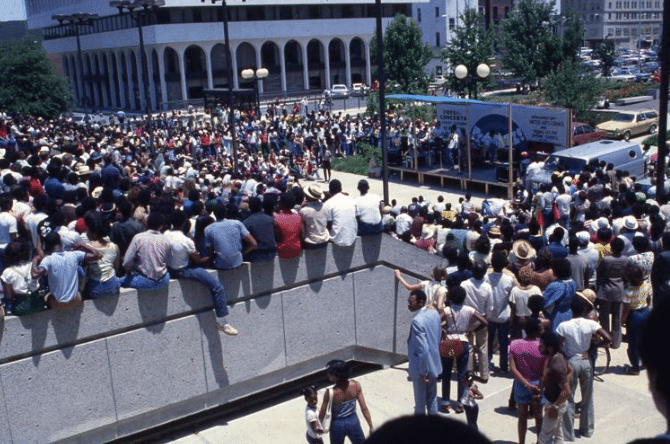

The Nineties
- The Carolina Theatre’s renovation was completed with $3 million in capital improvements. The Theatre was newly outfitted with state-of-the-art technical facilities and became available for reception meetings and performing arts events with the addition of the Renaissance Room.
- The Emerging Artists Grant program was initiated and funded by the NCAC.
- Finalized the first Strategic Plan. Its goal was to provide a fair and inclusive method of raising and distributing increased arts funding, foster the financial stability of local arts organizations, and promote arts education.
- Became the lead agency of a four-county Emerging Artists grant program.
The Two-thousands
- Announced a strategic reorganization, focusing on development & advocacy versus productions.
- Discontinued its festival production business and hosted the final African American Arts Festival.
- Initiated the transition of the Carolina Theatre to operate independently. On Tuesday, March 14, the Arts Council transferred the deed for the Carolina Theatre to Carolina Theatre, Inc. in a mutually agreed-upon separation to allow the Carolina Theatre to raise its public profile and work directly with potential funders to increase its development capacity.
- Participated in ArtsDay for the second year, an advocacy initiative in Raleigh to increase state support of the arts.
- Partnered with the News & Record and the Convention and Visitors Bureau to acquire our region’s “www.artsopolis.com” license. This county-wide arts and culture website will be launched by early 2007.
- Released the first arts economic impact study for Guilford County as part of a national study—Arts Economic Impact and Prosperity III conducted by Americans for the Arts. Results were announced on June 6: The arts in Guilford County provide 1,094 full-time jobs, generate $30.73 million in Guilford County, and generate $2.88 million in local and state government revenue.
The Twenty-tens
- Launched the 17 Days Festival to celebrate local arts.
- United Arts Council of Greater Greensboro changes name to ArtsGreensboro and moves the organization programmatically into producing events.
- Along with the City of Greensboro, was selected for a three-year resident home to the National Folk Festival; at the culmination of the residency, the North Carolina Folk Festival was launched.
- Casa Azul of Greensboro was incubated as the first Hispanic Latino Cultural Organization, becoming a standalone nonprofit in 2016.
- With a bequest from Jan Van Dyke, worked with the City to build the Van Dyke Performance Space.
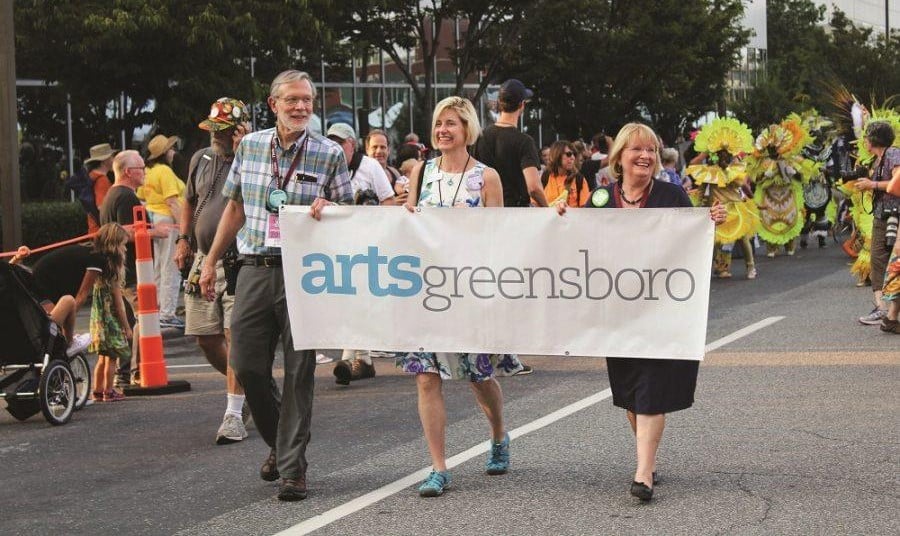
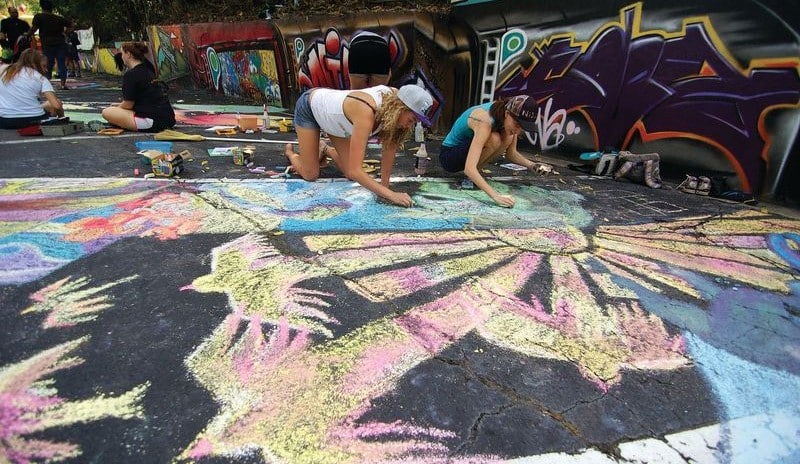
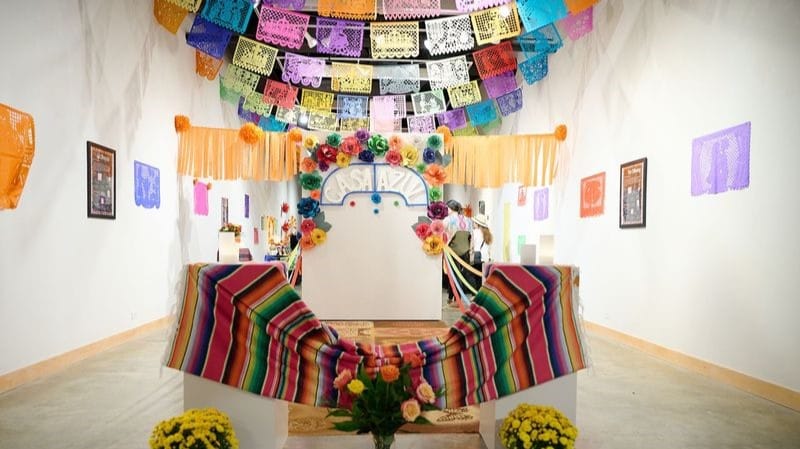
The Twenty-twenties
- Convened Grants Task Force tasked with assessing grant programs for expanded and equitable access.
- Secured CARES funding for arts nonprofits, totaling $1.7M.
- Hired DeVos Institute to conduct a health assessment of the arts ecosystem. The result: It is fragile.
- New Creative Investment initiative advocated and secured ARPA funding ($500K from NCAC and $2.5 M from Guilford County) to focus on sustainability and resilience within the arts community.
- Board of Directors Focus: rebranding, strategic fundraising, and enhanced shared services for sustainable growth.
- Rebranded as “The Arts Council of Greater Greensboro” for clearer identity and transparency.
- Launched a new website and the “Arts Across Guilford marketing campaign.
- Focused Grant Programs and Impact with $2.7 million in grants since the pandemic’s onset, supporting artists and organizations and expanded artist support and community elevation programs to foster growth and development.
- Launched and Expanded shared services program to support 12 organizations, providing financial and personnel management assistance.
- Launched Arts Organizations of Color Cohort with a five-year commitment to support and mentorship.
- Facilitate monthly arts group check-ins for collaboration and support.
- Enhanced arts calendar, newsletters, and visual support for marketing and promotion.
- Maintained an informative website as a hub for artists and community engagement, including outreach in High Point.
The history highlighted is from a compilation put together by Betty Cone. Betty has never lost sight of the importance of The ACGG’s work, the legacy we have, and the impact we can have. Thank you, Betty!
